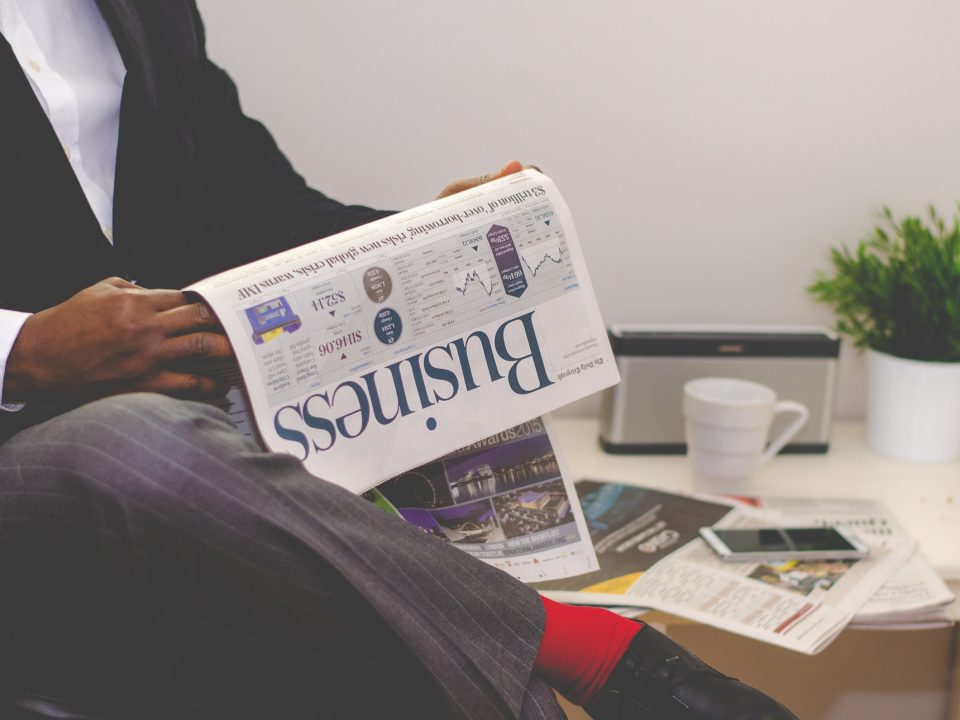Many marketers will already be aware that different colours have a different psychological impact on consumers. Over time, we have been hardwired to make certain neuro-associations with different colours. The impact of these influences is subtle, but effective and worth implementing. A number of commonly used colours are listed below, alongside their associations within a marketing context.
Red – known internationally as a buying colour. It reflects emotions such as anger, lust and passion and is a definite attention getter. When used in small amounts, it is the best colour to stimulate sales. However, if used in large amounts, it can turn off the more subtle customers. Red is best used to draw attention to a specific message or area you want the customer to focus on.
Orange – known to be the most irritating of colours and the least favourite colour in the world. Direct mail marketers tend to use this on envelopes to draw attention to a product they are selling. Orange is best known as the colour for sexuality and creativity and is associated with affordability. It’s also an attention grabber, but is best used sparingly or as an accent colour.
Purples and Violets – These colours are subjective, and people will either love them or hate them. Purple is associated with spiritual healing and royalty.
Blue – This was determined to be the best seller and people’s most favourite colour throughout the world, regardless of culture. Blue is considered the colour of communication; light blue leads to fantasy and dark blue leads to authority and power. Blue conjures up feelings of tranquillity, peacefulness and flights of fancy.
Green – This is a relaxing colour that stirs up feelings of the outdoors, forest, grass and lush meadows. It is considered a passive, not a stimulating colour.
Yellow – Is the first colour seen by the retina. This is a good focus, or attention-getting colour, and a good accent colour when used in moderation.
Brown – Denotes traditional or natural values. Light shades of wood are associated with affordability; dark hued shades are associated with opulence and richness. Brown is a relaxing and casual colour, the colour of wood, the earth and nature.
Neutrals – Black or white are always a safe and effective accent. They enhance primary colours when used as an accent, and when used exclusively, they give off an institutionalised or sterile feeling.
We can see from the above that Red and Blue are the two most prominent and internationally recognised colours to promote sales. As such, this makes a strong case for the use of each to highlight price discounts.
Red vs Blue – Looking towards wrestling
Scientists examined one-on-one sports in the 2004 Olympics in which competitors were randomly assigned red or blue gear, with the aim of identifying whether the colour of the gear worn by contestants had an influence on the outcome. The events: boxing, Tae Kwon Do, Greco-Roman wrestling, and freestyle wrestling.
The study found that athletes wearing red were more likely to win, with a comparable study on the Euro 2004 football tournament yielding similar results. The researchers are careful to point out that the effect is probably subtle, such that red can be a deciding factor only among evenly matched competitors.
A number of other studies support red as the best choice for conversions:
ConversionXL – Case Study Comparison
ConversionXL, translating the Olympics study into a digital environment, compared four case studies in which websites tested the impact of different coloured buttons on CTR (3 studies compared red & green and one compared red & blue). In 3 out of 4 studies, the red button was superior, but lost to the blue button in that respective case study.
KISSmetrics Infographic – How do colours affect purchases?
KISSmetrics created an Infographic on the topic – with some interesting insights. Sticking with the Red vs. Blue theme where, again we can see that both have their own advantages (note that this data is based on North American Online Shoppers).
Further research also highlighted that both colours worked well in a discount/clearance setting. However, the blue seems to have more diversity between industries and consumer segments.
Journal of Retailing – Are Men Seduced by Red?
One article published in the 2013 Journal of Retailing compared the impact of red on consumers’ perceptions of savings. The study revealed that the effect of red vs black prices on a consumer’s perception of savings is largely influenced by the gender of the consumer. Males perceived greater savings when prices were presented in red. However, this was most effective when there was only minimal involvement required. Women seemed inclined toward greater elaboration of the ad and showed greater price recall.
We can see from the above research that the colour most applicable as a discount price font colour is Red, followed by Blue. In addition to this, the above research shows red to be commonly used in clearance sales, and to promote a sense of urgency which appeals to impulse buyers. Websites should consider the use of blue when trust is a large influencer of conversion, or in non-impulse, budget buying situations.
Marketers undertaking conversion optimisation data analysis on existing websites will no doubt understand the exact impact that a change in colour can have on conversion rates as even the most subtle of changes can have a direct influence on the bottom line.



